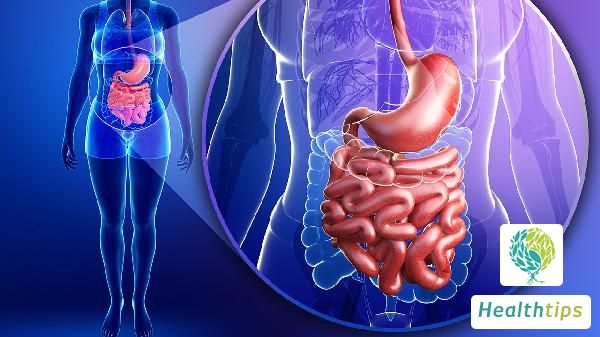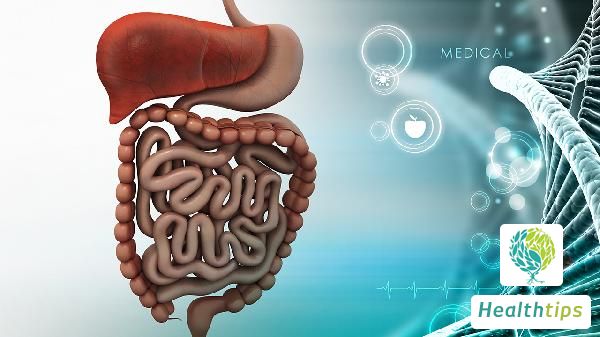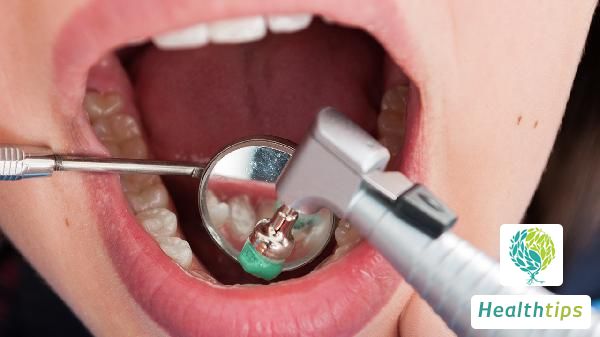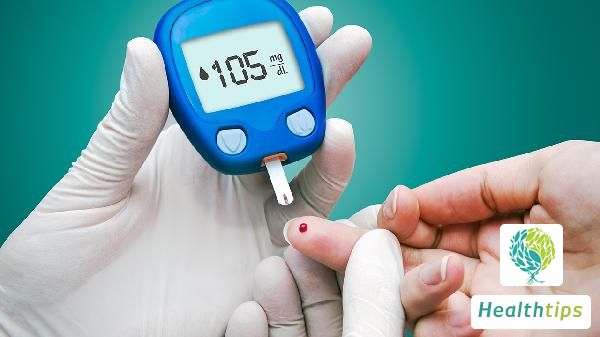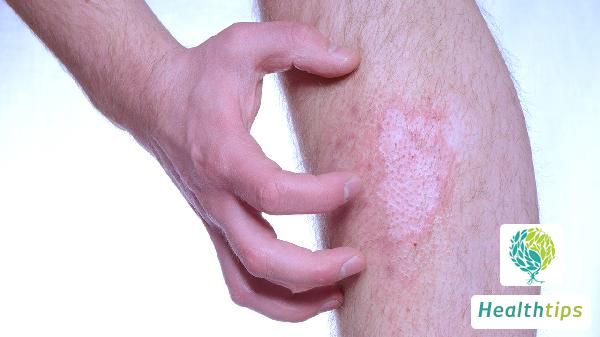What Are the Different Types of Severe Heatstroke?
Summers can be extremely hot, and high temperatures can easily lead to heatstroke symptoms such as dizziness, nausea, and weakness. If heatstroke occurs, it is important to immediately move away from the high-temperature environment and, if necessary, rest in bed. Drinking plenty of warm water is also recommended. Preventative measures should also be taken to avoid heatstroke. Severe heatstroke is a more serious form of heatstroke, and there are several types of severe heatstroke. Let's take a closer look at them below.

Severe heatstroke can be divided into three types based on different manifestations: heat cramps, heat exhaustion, and heatstroke.
(1) Heat Cramps: This occurs when a large amount of water and salt are lost through sweating, and only water or hypotonic fluids are replenished, resulting in a low sodium and low chloride state. Clinical manifestations include spasms and contractions of the muscles in the limbs, abdomen, and back, which usually resolve within a few minutes. Consciousness is clear, and body temperature is generally normal.
(2) Heat Exhaustion: This occurs when the body is unable to adapt to the heat environment, leading to dehydration, electrolyte imbalance, peripheral vasodilation, and insufficient peripheral circulation volume. Symptoms include dizziness, vertigo, headache, nausea, pale complexion, cold and clammy skin, and decreased blood pressure, which can even lead to shock.
(3) Heatstroke: Heatstroke occurs when the body's core temperature rapidly rises above 40°C due to exposure to high temperatures and humidity, accompanied by symptoms such as skin burning, consciousness disturbance, and multi-organ system damage.
1. Precursor to Heatstroke: In high-temperature environments, patients may experience headache, dizziness, thirst, excessive sweating, weakness in the limbs, difficulty concentrating, and uncoordinated movements, while their body temperature remains normal or slightly elevated.
2. Mild Heatstroke: In addition to the above symptoms, patients may also have a flushed or pale complexion, profuse sweating, hot or cold and clammy skin, decreased blood pressure, weak pulse, increased heart rate, and a body temperature exceeding 38°C.
3. Severe Heatstroke: In addition to the above symptoms, patients may experience muscle spasms, syncope, coma, or hyperthermia (body temperature exceeding 40°C).
1. Immediately leave the high-temperature environment and rest quietly in a shady place.
2. Consume small amounts of salted cold drinks frequently.
3. Quickly dissipate heat:
(1) Remove clothing to increase the surface area for heat dissipation, spray the body with cold water, and improve ventilation.
(2) If possible, immerse the body in a cool water basin or wipe the body with a cool, wet towel.
(3) Use cold or ice packs, preferably placed on both sides of the neck, to help reduce the temperature of the brain tissue.














